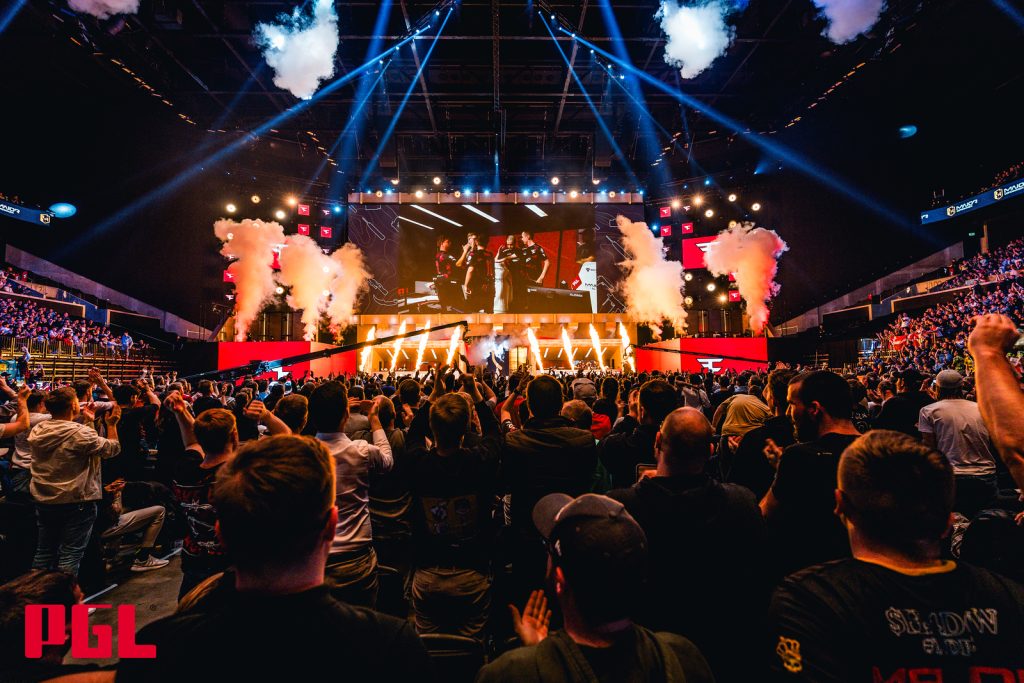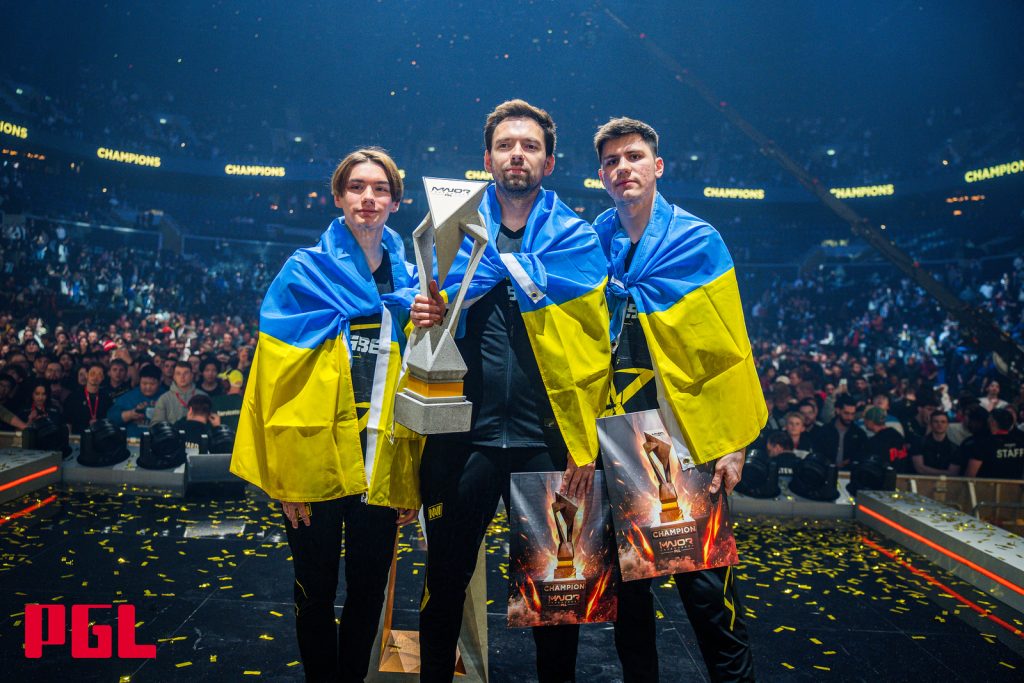
The announcement of CS2 was met with an unprecedented amount of hype, a titan in the esports space was finally getting a new edition.
With an updated game engine and lots of new features, the game brought new experiences to fans. Moreover, it also had an effect on the franchise’s esports scene. Since the release of CS2 on September 27th 2023, Counter-Strike fans have seen it played at many S-tier events including the first CS2 Major, held in Copenhagen earlier this year.
This begs the question; how much has the Counter-Strike esports ecosystem changed since the release of CS2? Also, what changes are expected going forward?
The impact of CS2
Despite there now being a constant roll out of S-tier events and online tournaments, it is currently far too early to see most of CS2’s impacts on the Counter-Strike esports scene. Most, but not all. There have been some early signs that CS2 has caused different trends to emerge in CS esports.
For starters, CS2 was plagued with issues when it was first released. The game suffered from ‘peekers advantage’, which meant that players who peeked saw the enemy first and had the opportunity to shoot first. This created an incredible competitive edge and meant players with an aggressive play style flourished whilst ‘anchors’, those who hold sites, struggled.
Whilst the game has been patched and a lot of these issues are fixed, there is still an element of peekers advantage thanks to a change in the servers which Valve calls ‘sub tick servers’. The full scale of the changes has yet to be seen, but since the release of CS2 players with a more aggressive playstyles, such as 17 year old Team Spirit prodigy Danil ‘donk’ Kryshkovets, have thrived.
Following the launch of CS2 a crop of younger players have started to also appear on top teams, such as Andreas ‘aNdu’ Maasing and Ihor ‘w0nderful’ Zhdanov, but once again it is too early to say whether this will lead to a trend. Will this lead to the emergence of more academy teams and potentially a replacement for the currently dormant WePlay Academy league? Only time will tell.

A more hands on Valve
As previously mentioned, the release of CS2 was not exactly smooth. Many fans and pundits alike criticised the state of the game. Since the release of the Limited Test, in March 2023, the game underwent over 90 patches, an unprecedented amount of updates from Valve.
In comparison, the final year of CS:GO had around a third of the patches. Whilst this is a high number of patches compared to CS:GO, it is worth noting that this is the first year of CS2 as opposed to the 10th/11th of CS:GOs where the kinks had already been ironed out
The launch of CS2 has also seen Valve take a somewhat more hands-on approach to the esports scene.
Unlike Riot Games, Valve defers its games’ Major championships to esports organisers such as ESL, PGL and BLAST. Whilst this control still remains in the hands of tournament organisers, Valve has opted to adapt its ecosystem and create a more open structure.
Just before the release of CS2, Valve announced a new litany of requirements for holding esports events set to take place as of next year, 2025. All tournaments that use invitations will have to utilise Valve’s ranking system, or open qualifiers. Whilst these changes are yet to take effect, it has already had an impact on the ecosystem with both ESL and BLAST operating their leagues for the last time under the old format.
These ‘semi-franchised’ leagues — ESL Pro League and BLAST Premier — featured partnered teams that received guaranteed spots to their events, whilst remaining slots were decided by open qualifiers. Under Valve’s new ruling this now cannot happen and plans are already being put in place regarding ESL and BLAST’s schedules for 2025.
The Shanghai Changes — a contradiction?
The next CS2 Major is being held in Shanghai, China and will be the very first Counter-Strike Major to be held in Asia. The Valve Majors have always been an Open Circuit where, in theory, five friends could make it to the Major through the open qualifiers. However, despite Valve’s changes to eliminate franchising as of 2025, the Shanghai Major is set to have no open qualifiers in Europe or the Americas.
The decision has not gone down well in the community as underdog runs, such as Into the Breach’s BLAST.tv Paris Major 2023 run, are set to be a thing of the past. A petition has been made to keep the open qualifiers and it already has over 7,000 signatures.
If this change stands for all Majors to come, it could change the very fabric of the Counter-Strike esports industry as making the Major comes with a huge monetary boost for esports organisations. The sticker money esports organisations receive is much higher than what the top teams make from prize money in an entire year. To read about how much money organisations stand to make check out this article.
A busy 2025
Following the announcement of CS2 there has been a flurry of announcements from multiple tournament organisers about events coming to the esport. With PGL announcing a new string of tournaments, CCT returning with a new circuit and a potential Starladder return, there won’t be many weekends free from Counter-Strike action.
With team’s already complaining that the schedule is too tightly packed, it will be interesting to see what tournaments these esports organisations will choose to send their CS2 teams to.
The future
The implications of the release of CS2 has yet to be fully realised. Will the game breed a new generation of gamers who play in such a different manner that veterans get left behind, or will the peekers advantage eventually be patched leaving the aggressive rifles who are thriving now a shell of their former selves? There is a lot of unknown.
But what can be looked at is how the ecosystem has changed since September 2023 and how it will change in the next two years.
This year’s second Major will highlight those changes fully as we see a Major without open qualifiers in two huge regions. Then 2025 will prove to be a huge year of change as the new schedule, with many tournaments, comes into effect and existing events adapt to Valve’s new guidelines.
